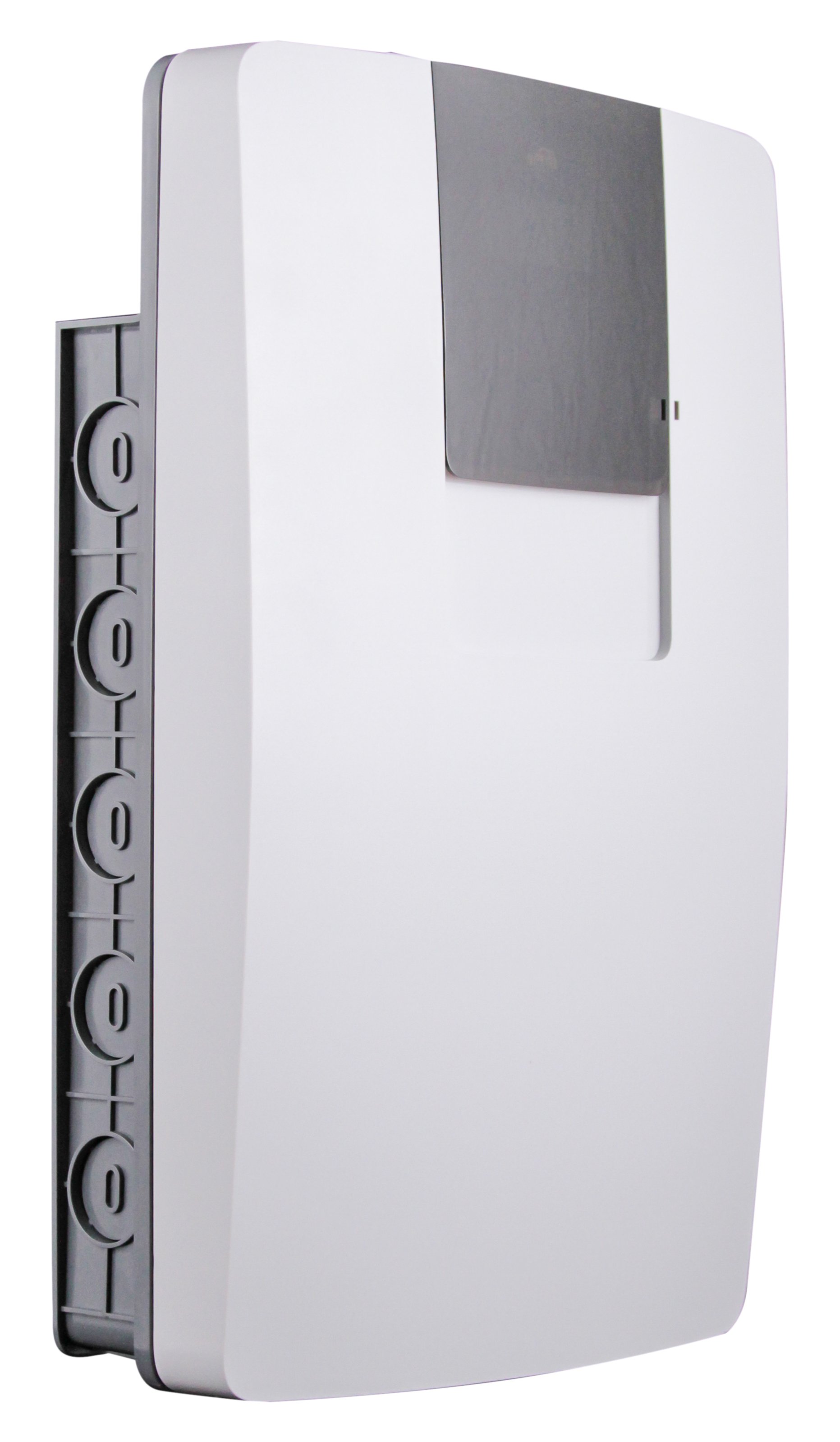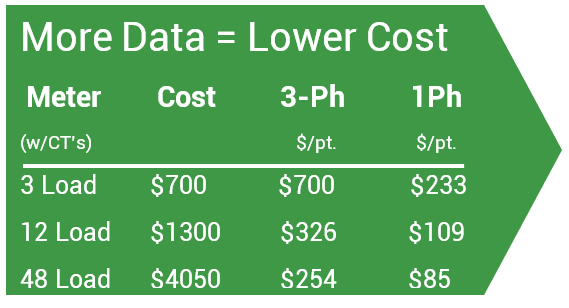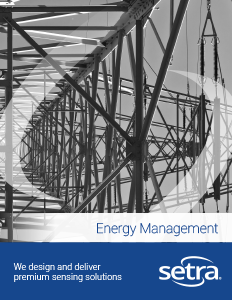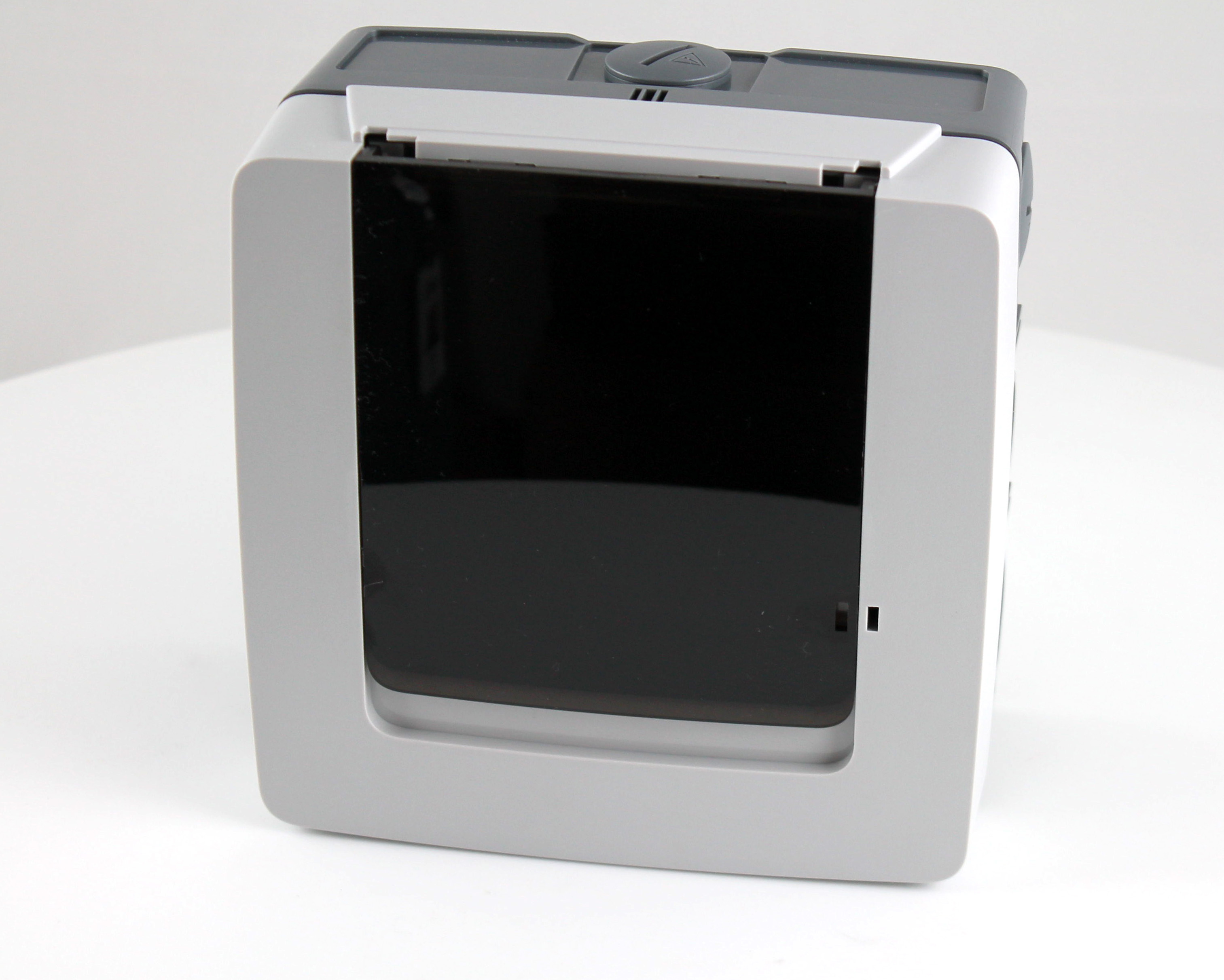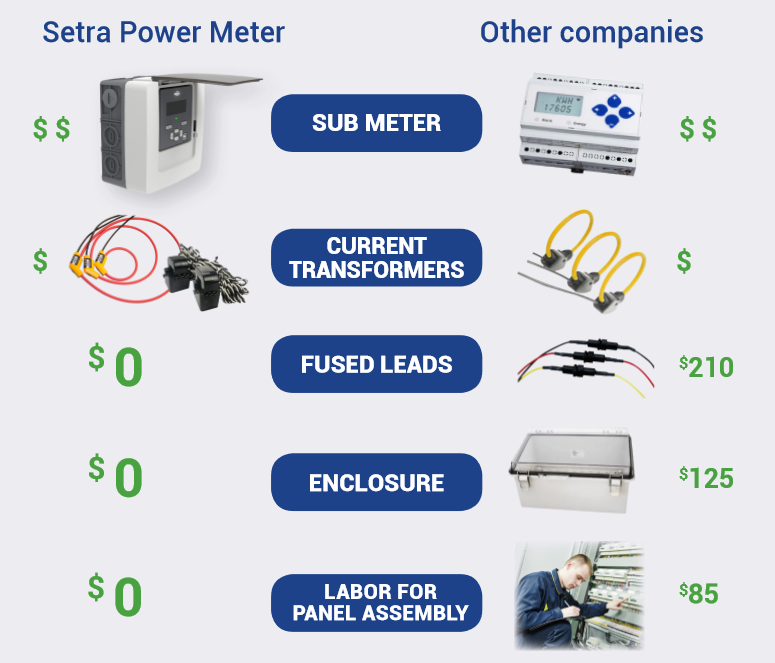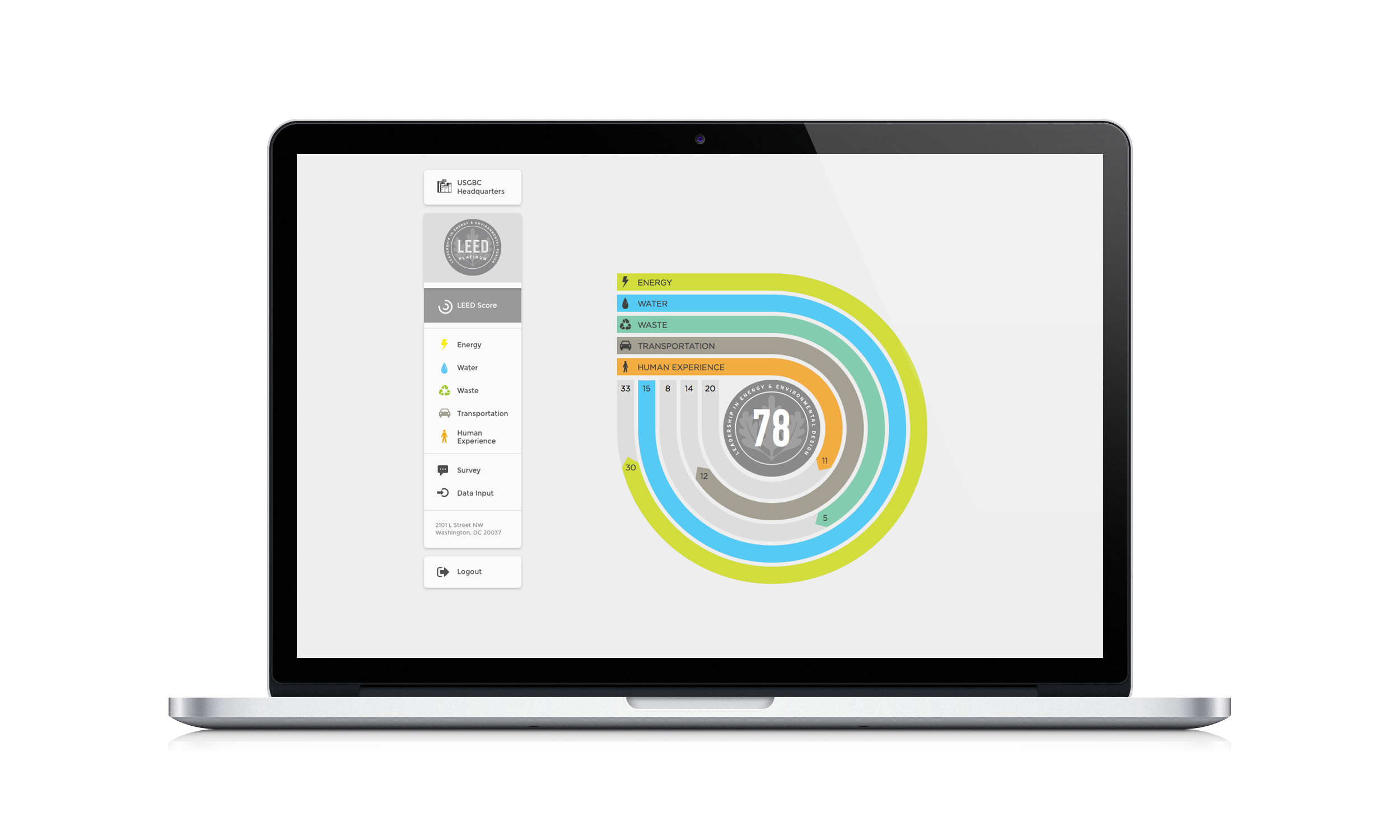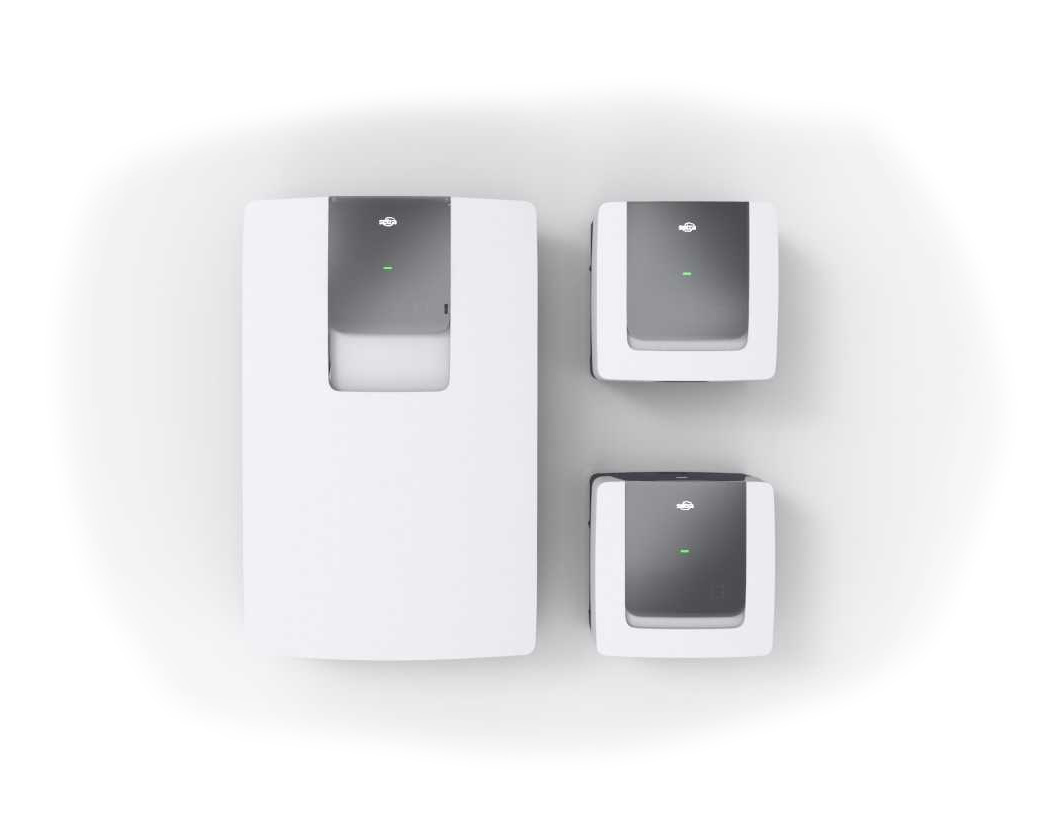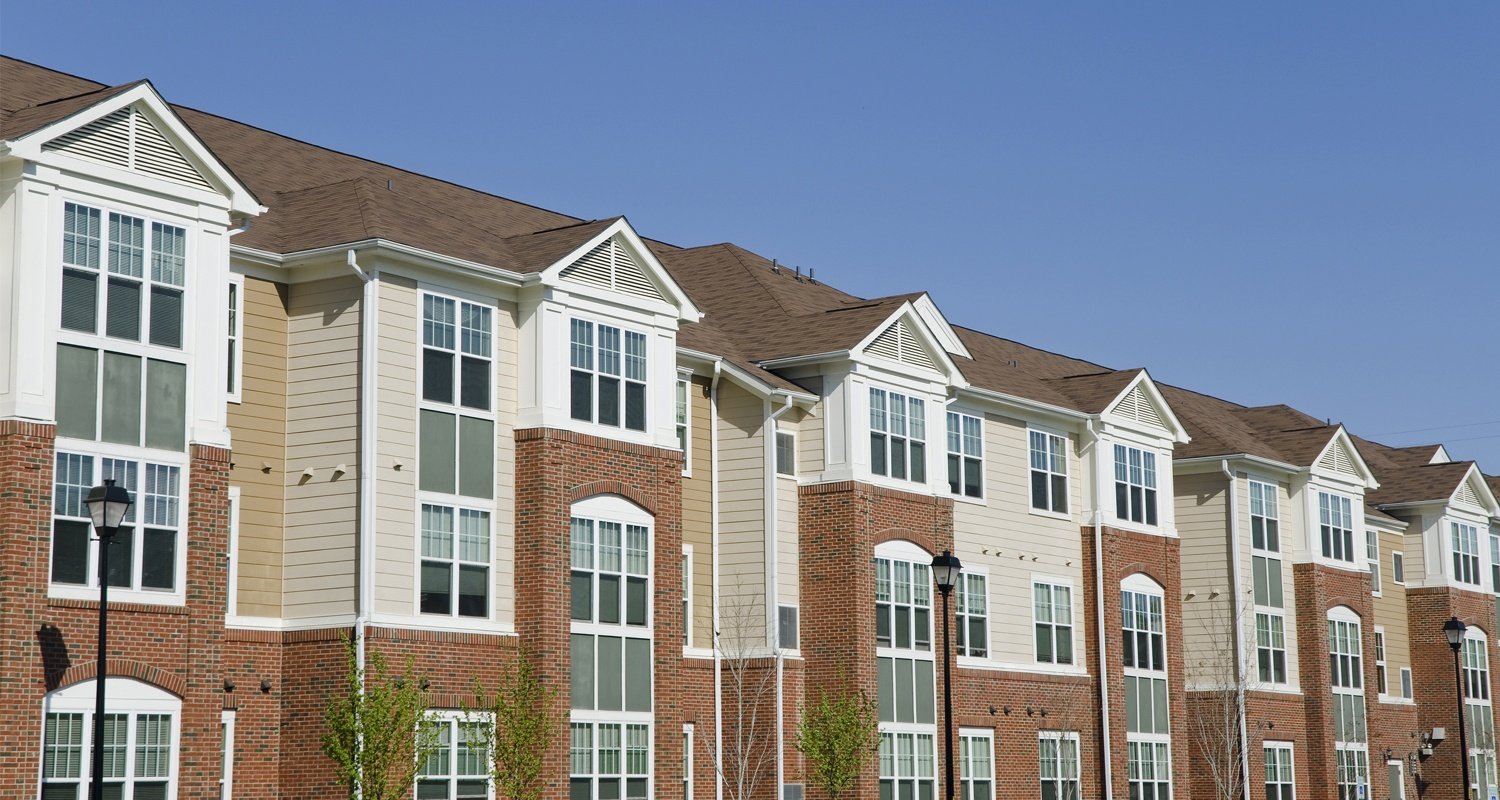Revenue grade power meters are defined in the American National Standards Institute (ANSI) standard C12.20-2010 Class 0.2. The intention of such a standard is to establish the requirements for power meters so the meters in question accurately and reliably provide monitoring. This ANSI standard has 3 accuracy classes: 0.1, 0.2, and 0.5. These classes correspond to accuracy at full load and include CTs.
Setra Blog
Power meters measure utilities like electric, gas, or water to increase building performance. With a power meter, users can get granular data on the use of energy of a building. Such granularity can reveal any equipment or systems adding to energy waste. Submeters can be used in any type of building, from manufacturing to apartments. Meters make it easy to visualize and optimize energy usage.
Before delving into the importance of granular data for power metering, it is essential to understand why a submeter is used. Submetering provides the ability to monitor the actual energy usage of individual tenants, departments, or pieces of equipment in real time. It allows for measuring electricity on a more granular level than the building's main utility meter. With submetering, the user can determine system efficiency and identify equipment problems, thereby better understanding trends and energy usage. This is useful for:
Companies today don't invest in energy management for a myriad of reasons. Many view energy management as an expense rather than an investment. Energy costs often account for the largest portion of a company's expenditures, but there way be several barriers to overcome before investing in energy management.
Choosing the right power meter involves considering many factors. Whether it is for tenant submetering, submetering a commercial building, power monitoring for energy management, or another application, a power meter should meet certain specifications. Although each individual application will have its own requirements, there are several common factors to evaluate. When exploring options for a power meter, it is important to know the:
Many costs are associated with implementing an energy management strategy for a company, including hardware, software, and labor. Choosing the right power meter to fulfill the needs of said strategy is critical for the success of any project. Delivering on the ROI of the strategy is key to meeting the objectives of the energy management strategy, so be sure to keep in mind the initial cost for a faster ROI.
Buildings have a considerable impact on the environment, using energy and other resources while generating potentially harmful waste. To reduce the impact of buildings on the environment, green building standards for sustainable design are now in practice. These standards detail requirements for designing, constructing, and operating buildings in a way that uses fewer resources and produces less waste.
Put simply, energy management is the measurement of energy consumption and utilizing that data to reduce energy usage and costs. Tracking and controlling data is essential for energy conservation efforts for economic benefits and to meet environmental requirements. Energy management can be useful for all types of businesses to reduce operating costs.
To bill tenants for utility usage, landlords can either divide the total bill among the tenants or employ a submeter. Submetering is commonly applied to three utilities: water, gas, and electricity. For electrical submetering, a power meter is installed to measure energy use after it reaches the primary meter. Utilizing submeters makes it simple to monitor electricity use for individual tenants, departments, or pieces of equipment.
As energy costs rise and being environmentally conscious is ever a concern, power monitoring is increasingly popular. Numerous states now offer incentives to encourage buildings and other consumers to start power monitoring.
Subscribe to Our Blog!
Topics
- Critical Environments (182)
- HVAC/R (179)
- General Industrial (153)
- Building Automation (134)
- General Industrial OEM (92)
- Energy Management (85)
- Test and Measurement (66)
- HVAC/R OEM (58)
- Barometric (44)
- Alternative Fuels (42)
- Medical (40)
- Process/Mfg Tank Level (40)
- Water and Wastewater (39)
- OHV (38)
- Oil and Gas (35)
- Industrial Vacuum (29)
- Calibration (25)
- Semiconductor (25)
- Particle Counting (18)
- Cleanroom Monitoring (17)
- Room Pressure Monitoring (16)
- Trade Show (12)
- cleanroom environment (12)
- Scales (11)
- Environmental Monitoring (10)
- Power Monitoring (10)
- Healthcare (9)
- Power Meters (9)
- Software (9)
- cleanroom monitoring systems (9)
- Case Study (8)
- critical environment technologies (8)
- Humidity (7)
- data centers (7)
- particle counter (6)
- pressure transducers (6)
- LITE room pressure monitor (5)
- hardware and software cleanroom monitoring systems (5)
- setra lite (5)
- Compliance (3)
- Video (3)
- hospital spaces (3)
- FAQ & Troubleshooting (2)
- Monitoring Compounding Pharmacies (2)
- Semiconductor Manufacturing (2)
- agencies that monitor pharmacies (2)
- energy (2)
- hvac (2)
- laboratories (2)
- monitor compound pharmacy (2)
- protected environment (2)
- regulatory compliance (2)
- setra lite features (2)
- usp 797 (2)
- Current Sensors and Transducers (1)
- Current Transformers (1)
- Pressure (1)
- aerospace cleanrooms (1)
- cems (1)
- digital transformation (1)
- ipv6 multicast (1)
- ipv6 multicast address (1)
- ipv6 multicast address range (1)
- isolation room pressure monitoring (1)
- multicast address ipv6 (1)
- multicast ipv6 (1)
- operating room (1)
- pharma 4.0 (1)
- pressure sensor (1)
- pressure transducer companies (1)
- semi conductor (1)
- sensors and transducers (1)
- setra pressure transducers (1)
- submetering (1)
- sustainability (1)
- temperature monitor (1)
- temperature monitoring for pharmacies (1)
- transducers (1)
- usp 800 (1)
- water (1)
- what does hvac stand for (1)
- what is a transducer (1)
- what is hvac (1)

